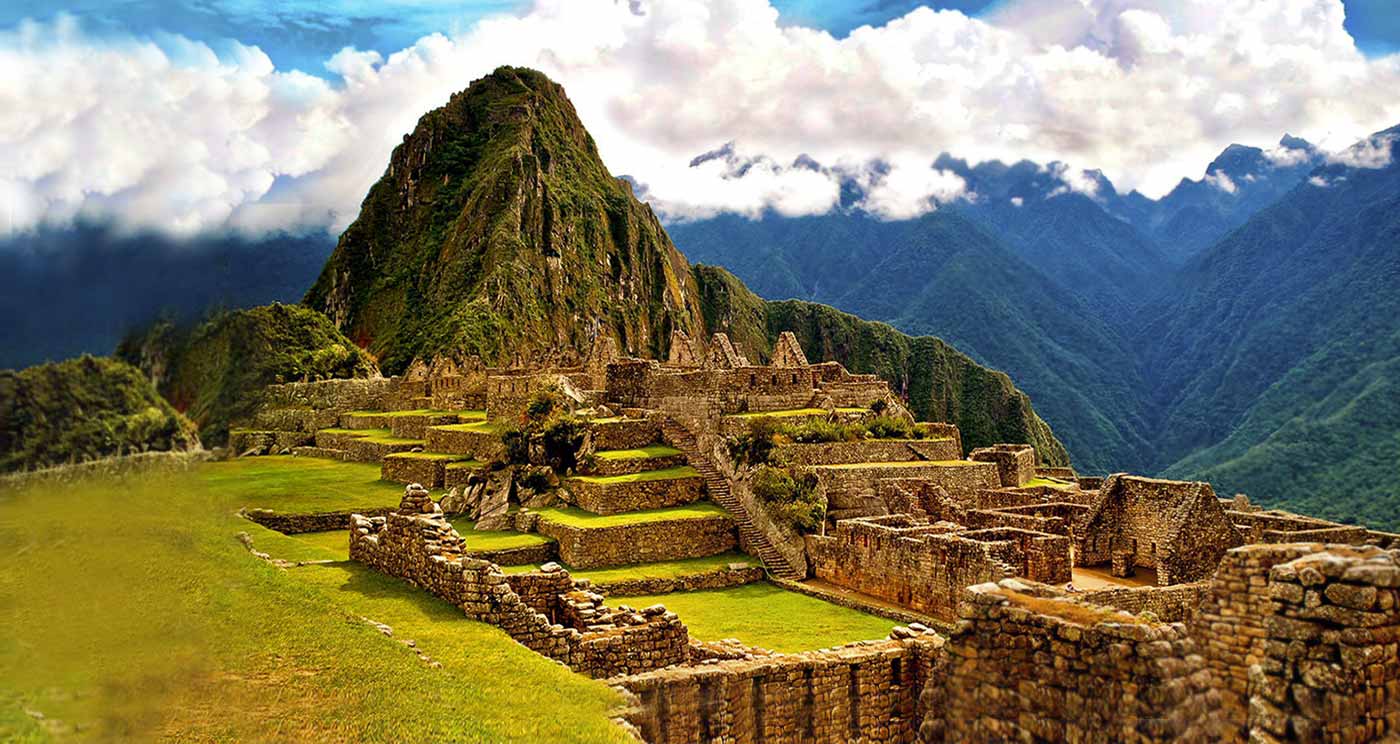- Andean influences can be best heard in wind instruments and the shape of the melodies
- African influences is heard in the rhythm and percussion instruments.
- European influences can be heard in the harmonies and stringed instruments.
- Inca Instruments
- Unique Peruvian Instruments
- European and Afroperuana Influences
- Andean Music
- Creole Music
Inca Instruments
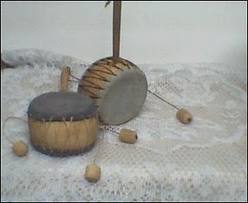
The pomatinyas: little drums made of puma skin.
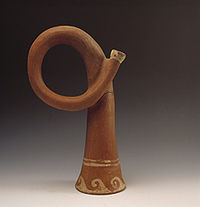
The guayllaquepas: trumpets made of Strombus
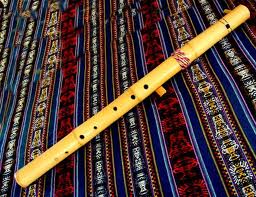
The pinkullo: wind instrument similar to a flute.
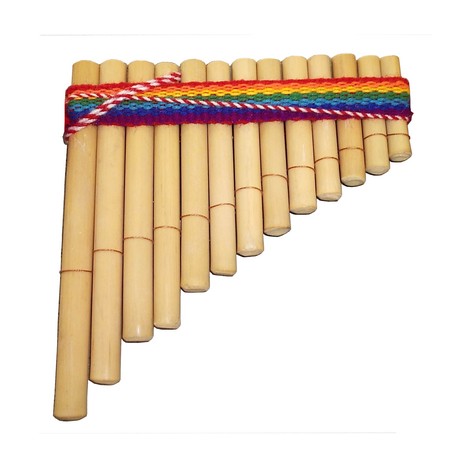
The antaras: panpipes made of different materials.
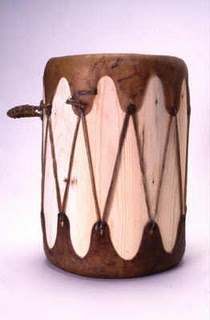
The Huancar or wankara: large drum used by men.
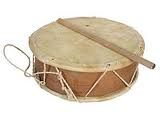
The tinya: small drum used by women.
Unique Peruvian Instruments
Charango: Peruvian music is dominated by the national instrument, the charango. It was invented during the Viceroyalty of Peru by musicians imitating the Spanish vihuela. In the Canas and Titicaca regions, the charango is used in courtship rituals. After the revolution in 1959, which was built upon the Indigenismo movement, the charango was popularized among other performers. Variants include the walaycho, chillador, chinlili, and the larger and lower-tuned charangon.
Cajón: The cajón is a percussion instrument developed by African slaves. The rhythms played on them are often African influenced; some percussive instruments are of non-African origin. For example, of European origin is the bombo bass drum, and of Andean origin are the wankara and tinya respectively.
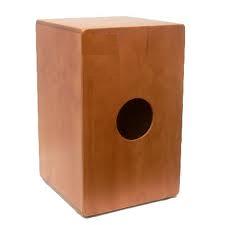
Wind Instruments: In addition to the ocarina and wakrapuku, there are two basic types of Peruvian wind instruments, the panpipes and flutes, both of native Andean origin. Of the former variety, there are the siku (or zampoña) and antara. Of the latter variety, there are the pinkillo, tarka, and quena flutes.
European and Afro-Peruvian Influence
With the conquest and later colonial era, the Peruvian territory is influenced by European and later Afro-Peruvian music.
One of the first European rhythms to merge with the folklore of the African population is orchestrated by the priest Juan de Araujo in the carol The Negritos,which includes a particular style of Spanish spoken by black communities. In Cusco, Hanac Pachap, a religious Christian hymn, can be traced back in with lyrics in Quechua and was composed by Father Juan Perez Bocanegra. Hanac Pachap is the first work of American choral polyphony.
Dance during colonial times in Peru had a strong Austrian influence with Flemish, Italian and German influence and the second Bourbon influence with French models. Attached to these styles of dance are different interpretation with African rhythms of early Creole music. Musical diversity was well documented during the last years of the colonial times, and its tunes embodied many instruments such as panpipes, trumpets, guitars, marimbas, and quijadas (jaws). The rhythms that were fashionable in the late eighteenth and early nineteenth centuries were the major yaravíes, cascabelillos, Cachúas and Negritos.
Both the colony and during the beginning of the Republican era, people made no distinction between sacred and profane music. During the government of Viceroy Abascal, Italian opera was very popular in Lima. By the late eighteenth century, dance teachers were mostly black, but in 1790 this activity was banned because they were accused of inventing and modifying original dance steps. Because of the ban, foreign teachers of non-Afro descent became more popular in Peru.
Upon Peru’s Independence, mostly Spanish music has been preserved. The churches concentrated a lot on both religious and secular music. The most important cathedrals counted with their own orchestras, hired musicians other churches for their festivals and processions. After independence the Peruvians showed great fondness for local rhythms, preferring national musicians, during 1820 and 1830 were fashionable some tunes musician José Bernardo Alcedo (author of the national anthem of Peru). In turn Peruvian musicals had the predilection of Peruvians. These were changing tastes and preferences for European musical rhythms and operas displaced the national rhythms in Peruvian cities.
The preferred instruments during this period were the guitars, organs, clavelines, harps, fiddles, harps and pianos, Peru manufactured these instruments and also were exports to Guayaquil and Guatemala, in the case of the guitar, and Santiago de Chile, in the case of the salterios. With the Republican era is born Creole music influenced by the French of the minuet, the waltz Viennese, the Polish Masurca , Spanish jota and mestizo expressions of the central coast. The musical production in the early twentieth century was very intense and composers were mostly people from neighborhoods that were characterized by a particular style for each neighborhood. At this time it is known as the Old Guard, and his compositions had no scores so they were not recorded and many of the authors were lost in anonymity. The industrial period of Creole music is accompanied by the mass of the phonograph, and the advent of the phonograph brought to Peru foreign rhythms like tango and foxtrot. These foreign rhythms eventually displaced the Creole music
This new generation of the 20s was adapted to musical tastes then fusing the Creole music with other rhythms but without losing the essence of Peru. The Creole industry began to evolve, are the arrangers and singers are not necessarily those that compose the songs. This is increasing the start of broadcasting in Peru in 1935, with this the Creole music ceases to be exclusive of the popular sectors and there is a creaole feeling that starts in Lima as the national. In 1944 was institutionalized “Day of the Creole Song”
Andean Music
Along the Peruvian Andes, in every town, there are a variety of songs and dances. In Inca times, the word “taki” as used to refer simultaneously to both song and dance, as both activities were not separated from one another. Now, Andean music is blended, even most used instruments in the Andes is mestizo. In Arequipa and Southern Andes has spread greatly yaraví, melancholic style of singing, which is one of the most widespread types of singing. An andean song that is the Condors passes, a traditional song composed by the Peruvian composer Daniel Alomía Robles, it was popularized in the United States by the duo Simon & Garfunkel. The original composition is a hymn to the sun, slowly, followed by a leak kashwa and Huayno.
Then there is the huaylas, a cheerful rhythm of the central Andes. This is another widespread type of song and dance. In Ancash is grown rhythms of huayno, chuscada, pasacalle and cashua. The huayno is the genre of popular Andean music, although its origin can be traced to the Inca period, so it seems to be purely a creation mestiza. Variants are grown throughout the Peruvian highlands. A similar genre is the tondero northern Peruvian coast.
Creole Music
The coast is the most influenced by Spanish culture, combines traditional European rhythms like the waltz and polka with different rhythms, especially from Africa. Current Creole music emerges in late nineteenth century as part of the process of social transformation experienced by the city of Lima, visiting different states to the present. The most popular style in Lima is the Peruvian waltz. Besides the waltz, the Creole music genres include the polka and the marinera, this last, with origins in ancient zamacueca. The marinera is the national dance of Peru, named by the writer Abelardo Gamarra in honor of the sailors who fought against the army of Chile in the Pacific War. Among Peruvian coast, is considered as representative as in tango in Argentina. It has three main variants, the northern, the Lima and the mountain.
Currently in Peru, have spread further dances; including has been realized fusion of many genres, such as the music of Jean Pierre Magnet or Damaris. The youth population is dominated by foreign rhythms, influencing young people by their economic situation. The rock in Peru was originated in the early ’50s as a major influence on American and British musicians for later follow different trends like alternative rock, pop, hard rock, metal, punk (the band The Saicos is considered by many national and international media as the first punk rock band in history) among other trends. Also noteworthy Gianmarco and Pedro Suarez Vertiz.
